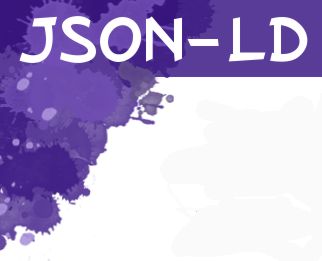| JSON Linked Data |
| Written by Kay Ewbank | |||
| Tuesday, 16 April 2013 | |||
|
JSON Linked Data is getting closer with the publication of two Last Call Working Drafts by the W3C's RDF Working Group and its JSON-LD Community Group. JSON-LD (JavaScript Object Notation for Linking Data) is a lightweight Linked Data format designed to provide context for data and to help JSON data interoperate at Web-scale. Based on the JSON format, it is easy for humans to read and write at the same time as being easy for machines to parse and generate.
The first working draft is for JSON-LD 1.0, which sets out a common JSON representation format for expressing directed graphs; mixing both Linked Data and non-Linked Data in a single document. The aim is to provide a smooth upgrade path from JSON to JSON-LD, though any systems already using JSON can remain in their currently deployed state. JSON-LD aims to give you a way to work with Linked Data. Linked Data is a technique for creating a network of interconnected data across different documents and web sites. Linked Data has a number of properties designed to let you publish data on the web so that it works like web pages do today; someone viewing a piece of linked data can follow links to other pieces of data that are hosted elsewhere on the same site, or on other different sits across the web. To enable this, Linked Data uses IRIs (Internationalized Resource Identifiers) to name things, and it uses HTTP IRIs for those names. The name IRIs provide more information about data item, and the data expresses links to data on other web sites. JSON-LD will let you use Linked Data when programming for the web-based programming environments. You’ll also be able to build Linked Data Web services that can interoperate. JSON-LD will provide the means to store Linked Data in JSON-based storage engines. When used with RDF (Resource Description Framework), JSON-LD can serialize any RDF graph or dataset and most, but not all, JSON-LD documents can be directly transformed to RDF. JSON-LD is 100% compatible with JSON, so the current crop of JSON parsers and libraries available today can be reused. The second element being finalised for JSON-LD 10 is Algorithms and API. This specification describes useful Algorithms for working with JSON-LD data, along with an API that you can use to transform JSON-LD documents in order to make them easier to work with in programming environments like JavaScript, Python, and Ruby.
More InformationRelated ArticlesIntel GraphBuilder Good For Extracting Knowledge From Big Data Big Data - New Open Access Journal Foundations of Semantic Web Technologies To be informed about new articles on I Programmer, install the I Programmer Toolbar, subscribe to the RSS feed, follow us on, Twitter, Facebook, Google+ or Linkedin, or sign up for our weekly newsletter.
Comments
or email your comment to: comments@i-programmer.info
|
|||
| Last Updated ( Tuesday, 16 April 2013 ) |



